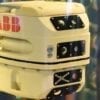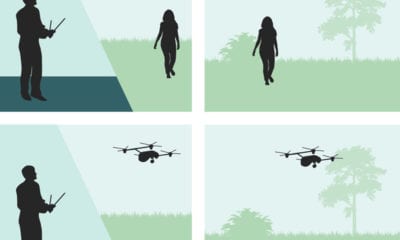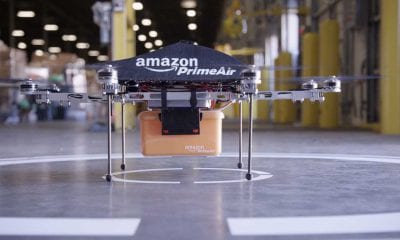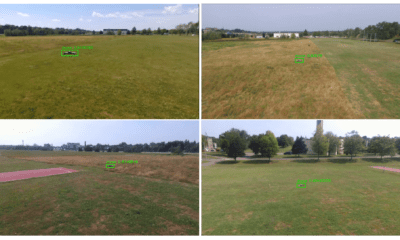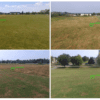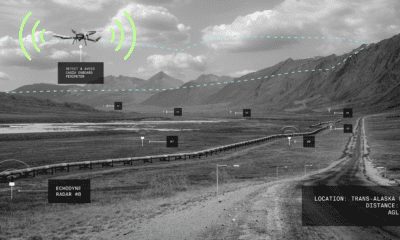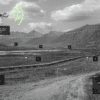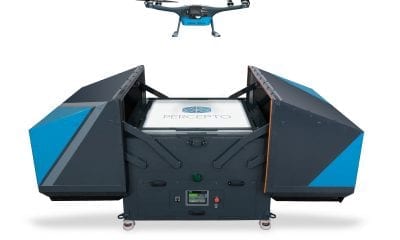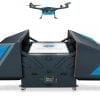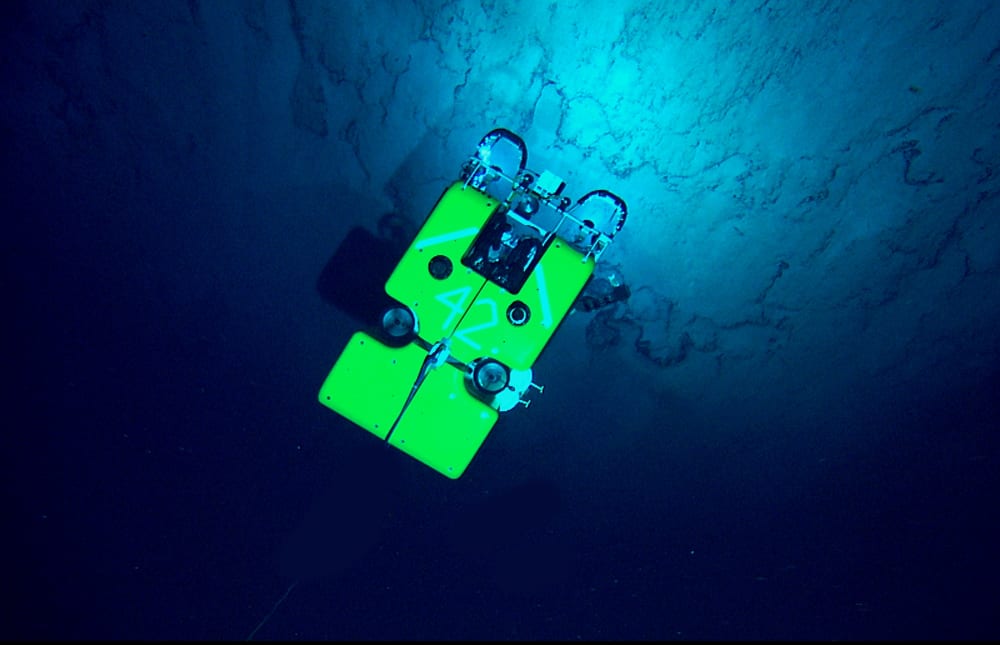
Autonomous
DARPA ‘Angles’ for an Autonomous Underwater Drone
The Defense Advanced Research Projects Agency (DARPA) latest quest for developing a new autonomous underwater drone that can manipulate objects on the seabed floor without any input from a human operator is being called the “Angler” drone and DARPA has launched a solicitation for conceptual ideas.
This robotic system, herein referred to simply as “Angler”, will operate autonomously and without external communication, to navigate, search, localize, and physically manipulate objects on or near the seabed, using an onboard sensor suite to self-localize, avoid obstacles, manage interaction with the seabed environment, and fulfill manipulation mission objectives. In addition to these navigation and positioning challenges, the robot will be able to perform these search and manipulation objectives autonomously, even in dark, turbulent, and semi-opaque sea conditions.
The Angler drone could find underwater navigation quite hazardous while travelling so close to the seafloor. The Angler could be faced with large-scale structures, such as reefs, submarine vents, and fissures for example which require careful traversal. Further, natural features can change at a much faster rate than traditional terrestrial environments, challenging classical perception techniques that are wholly dependent on feature recognition compared to a priori mapping.
Also water can be extremely turbid sometimes with visibility reduced to inches disabling the capabilities of GPS and other navigational to a large extent causing perception issues in tasks like object recognition or pose estimation. Also open ocean water tends to contain and deposit organic and inorganic detritus, manmade objects of interest may be deteriorated, slippery, partially covered or fouled, or adhered to other underwater structures.
Currently, manipulation operations on the seabed are conducted by Remote Operated Vehicles (ROVs) tethered to a manned surface platform and tele-operated by a human pilot. ROVs cannot extend beyond their tether length. Wireless communications at the bandwidth necessary to reliably tele-operate an underwater robot is largely impractical due to the significant attenuation of electromagnetic wave propagation and available bandwidth in the acoustic spectrum in an aquatic environment.
DARPA is looking forward to the participation of multiple contractors in the competition for the Angler program, and will select more than one to compete in a drone-off and select one final design eventually to fulfill the program.
Given the unique challenges associated with this problem space, the Angler program seeks to realize technological breakthroughs that will offer key insights into:
- Sensing techniques that provide high-resolution navigation in GPS-deprived underwater environments,
- Perception and manipulation strategies for grasping degraded and malformed manmade objects with unknown parameters, HR001119S0009 6;
- Long duration autonomy approaches that evaluate robotic self-awareness to optimize mission and individual objective execution, and
- Undersea robots capable of long duration, long distance autonomy and mission planning without human intervention.
DARPA seeks proposals that present a credible path to a low cost and rapid demonstration of program objectives within the scope of the Angler program. A drone like Angler could be sent to the ocean floor to pick up missile debris off the coast of North Korea, giving intelligence analysts a glimpse into the design, construction, and materials used in the missile. A drone could even help locate and identify or salvage crashed airplanes and ships.


